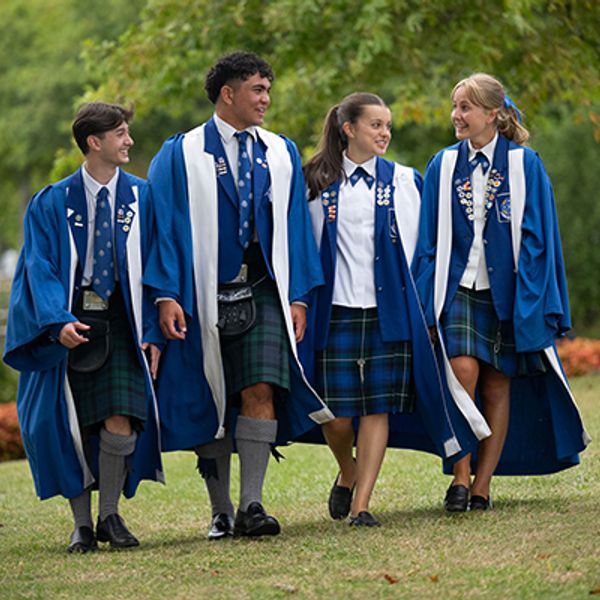
Top Marks in Maths Competition!
Top Marks in Maths Competition!
September 22, 2016 at 2:51 PM
Early this year, 130 College students from Years 9 to 11 entered The University of Otago Junior Mathematics Competition; an event held annually by the university. The competition attracts over 10,000 entries from 250 participating schools each year.
We are delighted to report that Andrew Chen placed 1st in the Year 11 competition with Year 9 student, Grace Chang in 2nd place in her age group. Steven Cho (Year 10), Eric Li (Year10), Callum Lee (Year 11) and Yunfan Yu (Year 11) also won prizes for being ranked in the top 30 in the country.
Andrew is no stranger to maths success having been selected as a team member of the New Zealand International Mathematics Olympiad team that travelled to Hong Kong to compete in July.
The students face five questions on the paper with an hour to complete them all. Try the sample question below to see how you would fare. You can check your answer here:
http://www.maths.otago.ac.nz/jmc/questions/Solutions2016.pdf
SAMPLE QUESTION 3
2016 marks the thirtieth anniversary of the Junior Mathematics Competition which began in 1986. In this question, we revisit some old questions (with changes).
PART A
The number 10 can be made by using each of the numbers 1, 9, 8, 6 exactly once and any of the standard operations +, − , ×, ÷, √, which may be repeated as necessary or not used at all, and any number of brackets. For example, 10 = 9 + 8 – 6 – 1.
(a) Use the same method to construct each of the numbers
(i) 20
(ii) 30
(b) We can construct the number 10 using the numbers 2, 0, 1, 6 in the same way, since 10 = (6 - 1) × 2 + 0. Is it possible to construct 20 in the same manner? If it is, show your construction. If not, briefly explain why it is impossible.
PART B
The number 1996 has six factors: 1, 2, 4, 499, 998, and 1996.
(c) List the factors that 1996 shares with the numbers
(i) 1986
(ii) 2006
(iii) 2016
(d) How many factors does the number 2016 have? (Hint: the number 1996 can be written as 22 × 499, where 2 and 499 are primes. Write 2016 in the same way.)
PART C
The numbers 1986 and 2006 share the property that when divided by 5 the remainder is 1, and when divided by 4 the remainder is 2.
(e) Explain why there are no numbers between 1986 and 2006 with the above property.
(f) Find non-negative integers a, b, p, and q (with a and b greater than 1 and a not equal to b) such that for any member y of the set {1986, 1996, 2006, 2016} we have remainder p on division of y by a, and remainder q on division of y by b. (The numbers a, b, p, and q are the same for any value of y.)









